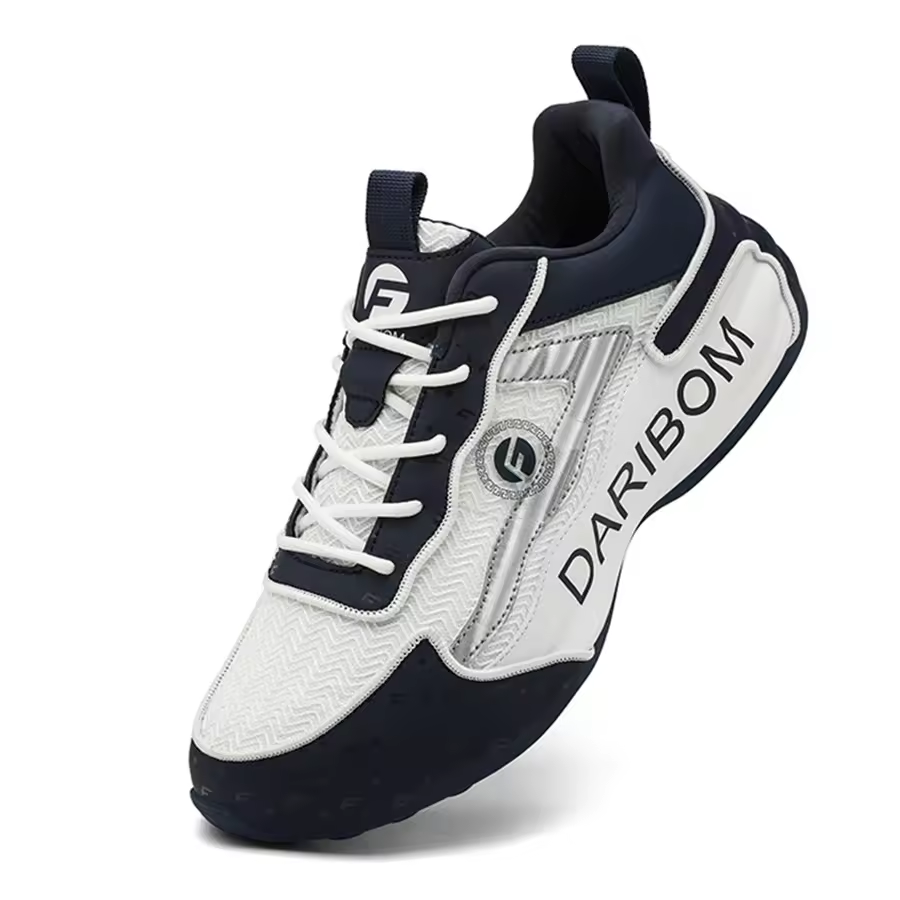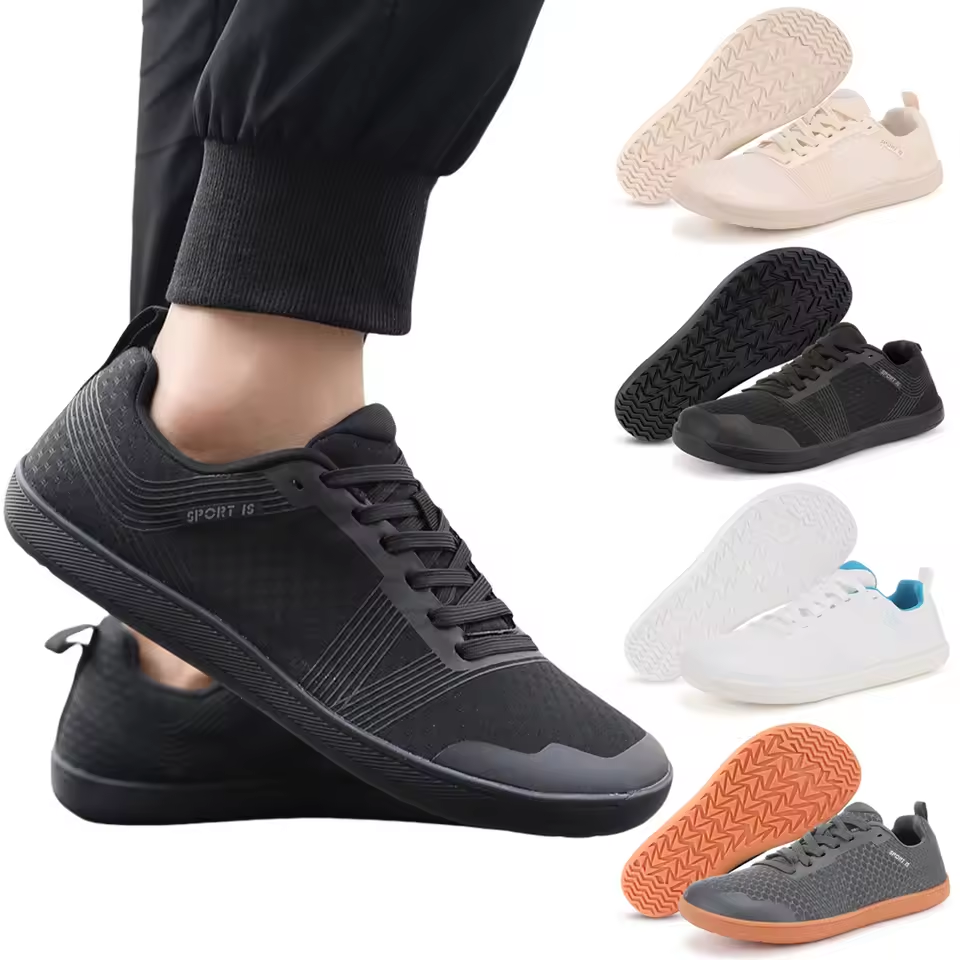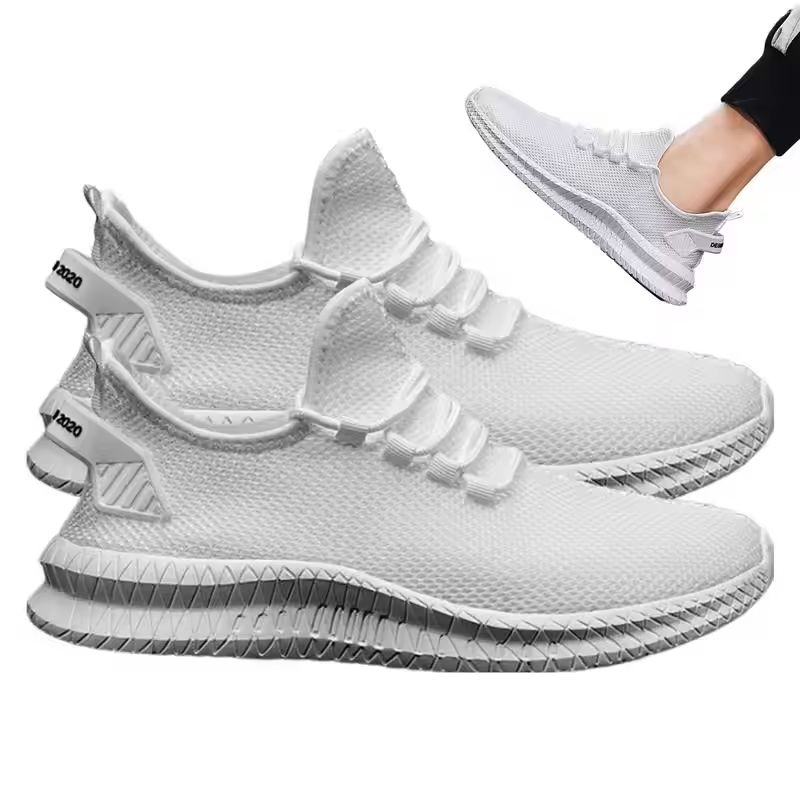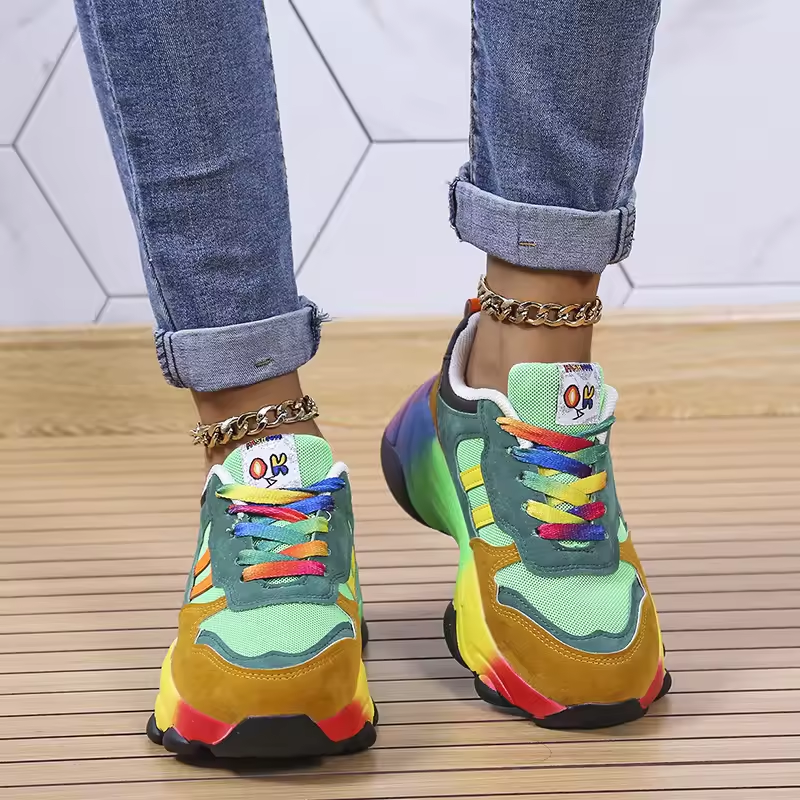
Trail Running Shoes 2025: Key Features, Brands & Buying Guide
The Importance of Choosing the Right Trail Running Shoes
When it comes to trail running, the right trail running shoes can make or break your experience. Unlike road running shoes, trail running shoes are designed to handle rough terrain, unpredictable weather, and uneven surfaces. From rocky paths to muddy trails, the best running shoes provide the grip, protection, and support needed to keep you moving confidently. Whether you’re a seasoned trail runner or a beginner exploring local parks, understanding what to look for in running shoes is essential for performance and injury prevention.
The primary differences between trail running shoes and road shoes include reinforced toe caps, aggressive outsoles with deep lugs, and breathable, durable uppers. These features help protect against rocks, roots, and debris while maintaining stability on loose or slippery surfaces. Additionally, running shoes often incorporate advanced cushioning systems to absorb the impact of uneven terrain. By investing in the right pair, you’ll not only improve your comfort but also reduce the risk of blisters, ankle sprains, and other trail-related injuries.
 Key Features to Look for in Trail Running Shoes
Key Features to Look for in Trail Running Shoes
Selecting the best trail running shoes requires careful consideration of several key features that directly impact performance and safety. Here’s a breakdown of the most critical factors:
- Outsole Design: Look for shoes with deep, multidirectional lugs for maximum traction on wet, muddy, or rocky surfaces. Brands like Salomon and La Sportiva specialize in outsoles optimized for technical terrain.
- Midsole Cushioning: A well-designed midsole provides shock absorption and energy return. Trail-specific cushioning technologies (e.g., Vibram Megagrip, Nike React) balance protection with responsiveness.
- Upper Material: Breathable, waterproof uppers (e.g., Gore-Tex) keep feet dry in wet conditions while preventing blisters. Mesh uppers are ideal for warm climates, while leather or synthetic blends offer durability in harsh environments.
- Fit and Support: A secure, snug fit is crucial for stability. Look for shoes with a padded tongue, heel counter, and lacing systems that adapt to foot shape.
- Weight: While heavier shoes offer more protection, lightweight models enhance speed and agility. Choose based on your trail difficulty and pace.
By prioritizing these features, you can ensure your trail running shoes meet the demands of your specific trails.
Best Trail Running Shoes for Men: 2025 Picks
For male runners, the best trail running shoes for men must combine strength, durability, and performance. Here are three top picks for 2025:
- Salomon X Ultra 4: Known for its aggressive outsole and 3D Fit System, this shoe excels on technical trails with its secure fit and responsive cushioning.
- La Sportiva TX5: Designed for ultra-distance runs, the TX5 features a rock plate for protection and a breathable mesh upper ideal for long ascents.
- Brooks Cascadia 17: A versatile choice for mixed terrain, this model offers a plush midsole and durable rubber outsole for both trails and roads.
Each of these shoes caters to different needs—whether you prioritize cushioning, protection, or versatility.
 Trail Running Shoes for Rocky Terrain: What to Prioritize
Trail Running Shoes for Rocky Terrain: What to Prioritize
If you frequently run on rocky or technical terrain, your running shoes must be equipped to handle sharp, uneven surfaces. Here’s how to choose:
- Reinforced Toe Caps: Protect toes from accidental strikes on rocks or roots.
- Aggressive Lugs: Deep, spaced-out lugs provide better grip on loose gravel or slick stone.
- Rock Plates: A protective layer between the outsole and midsole shields feet from sharp objects.
- Stiff Midfoot: A stiffer midfoot enhances stability on uneven ground.
Brands like Inov-8 and Merrell specialize in shoes for rocky trails. For example, the Inov-8 TrailFly Ultra G 300 features a Vibram Megagrip outsole and a rock plate for maximum protection.
 Trail Running Shoes with Gaiters: Enhancing Protection
Trail Running Shoes with Gaiters: Enhancing Protection
Gaiters are an essential accessory for trail runners, but some trail running shoes with gaiters integrate built-in solutions. These shoes feature extended uppers or compatible gaiter attachments to keep debris, water, and mud out. For instance, the Salomon Ultra Glide 4 includes a high-top design that works seamlessly with gaiters for full ankle coverage.
When choosing shoes with gaiter compatibility, consider the following:
- Seamless Upper: Prevents irritation from gaiter seams.
- Adjustable Cuffs: Secure gaiters in place without slipping.
- Breathability: Ensures airflow even with gaiters attached.
These features are particularly valuable in muddy or snowy conditions where debris accumulation is common.
How to Break in Your Trail Running Shoes
Properly breaking in your trail running shoes is crucial to avoid discomfort and injuries. Here’s a step-by-step guide:
- Start on Easy Terrain: Wear your new shoes on short, flat runs to allow the materials to mold to your feet.
- Use Trail-Specific Socks: Thick, moisture-wicking socks reduce friction and prevent blisters.
- Gradually Increase Difficulty: Transition to technical trails as the shoes become more flexible and comfortable.
- Check for Hot Spots: Pay attention to areas that rub or pinch and adjust laces or insoles accordingly.
Avoid wearing brand-new running shoes on long or challenging runs until they’re fully broken in.
 Maintenance and Care Tips for Trail Running Shoes
Maintenance and Care Tips for Trail Running Shoes
To extend the lifespan of your trail running shoes, follow these maintenance tips:
- Clean After Every Run: Remove mud, dirt, and debris with a soft brush and mild soap. Avoid harsh chemicals that can damage materials.
- Dry Properly: Air dry shoes in a cool, shaded area. Never use direct heat, as it can warp the structure or melt adhesives.
- Replace Worn Outsoles: Check for worn lugs and replace shoes when traction is compromised.
- Store Correctly: Keep shoes in a dry, ventilated space to prevent mold and odor.
Regular maintenance ensures your trail running shoes perform optimally for years.
Future Trends in Trail Running Shoes: What to Expect in 2025
The trail running shoe market is evolving rapidly, with 2025 seeing several exciting innovations:
- Sustainable Materials: Brands are using recycled plastics, plant-based foams, and biodegradable components to reduce environmental impact.
- Smart Technology: Shoes with built-in sensors track metrics like cadence, ground contact time, and temperature.
- Customizable Fit: 3D-printed midsoles and adaptive lacing systems offer personalized support.
- Lightweight Protection: Advances in rock plate technology provide protection without adding weight.
These trends reflect the growing demand for performance, sustainability, and personalization in trail running shoes.
 The Role of Fit and Sizing in Trail Running Shoes
The Role of Fit and Sizing in Trail Running Shoes
A proper fit is the foundation of any great trail running shoe. Ill-fitting shoes can lead to blisters, hot spots, and even long-term injuries like stress fractures or plantar fasciitis. When trying on trail running shoes, consider the following:
- Foot Shape: If you have a high arch, look for shoes with adequate arch support. Low-arch runners should prioritize cushioning and stability.
- Toe Box Room: Ensure your toes have enough space to splay, especially during uphill climbs or technical descents. A cramped toe box can cause black toenails or nerve compression.
- Ankle Height: High-top trail running shoes offer additional ankle support on rocky terrain, while low-top models provide greater flexibility for speed-focused runs.
- Lacing Systems: Some shoes feature asymmetrical laces or adjustable eyelets to customize the fit. Brands like Hoka One One and Altra use zero-drop platforms to promote a natural foot position.
To measure your foot accurately, stand on a piece of paper and trace your outline. Compare the length from heel to longest toe with the brand’s size chart. Remember that feet can swell during runs, so avoid buying shoes that feel too tight when first worn.
Comparing Trail Running Shoe Technologies: EVA vs. TPU Midsoles
The midsole is the heart of a trail running shoe, determining its cushioning, responsiveness, and durability. Two common materials are ethylene-vinyl acetate (EVA) and thermoplastic polyurethane (TPU):
- EVA Midsoles: Lightweight and plush, EVA provides excellent shock absorption for long-distance runs. However, it compresses over time, losing its cushioning properties.
- TPU Midsoles: Firmer and more durable, TPU offers superior energy return for technical trails. Brands like Salomon and Inov-8 use TPU in their outsoles for added grip.
Hybrid designs combine both materials—EVA for cushioning and TPU for structure. For example, the Brooks Cascadia 17 uses a segmented EVA midsole with a TPU shank for stability. Choosing the right technology depends on your running style and terrain preferences.